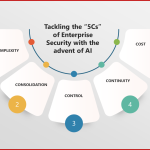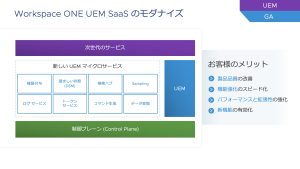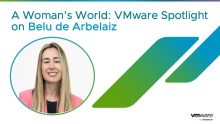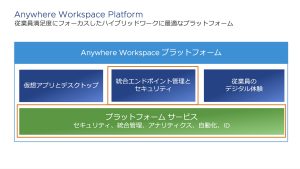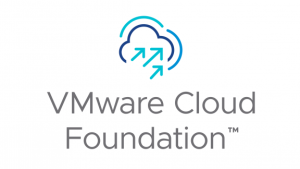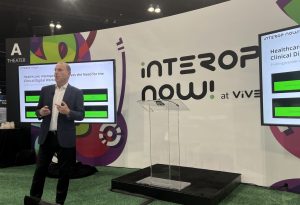
Unmanaged devices. A mix of traditional and cloud-based applications. Data scattered across different cloud environments. This complexity in the healthcare environment can create a nightmare for data security, compliance, and efficient care delivery. Each separate tool adds another layer of chaos.
So, what do we do about it?
The answer lies in embracing this diverse technology landscape while keeping the entire ecosystem secure. We need a solution that fosters collaboration between different technologies, safeguards data, and ensures robust system security. In short, we need to enable healthcare interoperability.
That’s why the End-User Computing (EUC) Division of Broadcom was proud to be a sponsor of the InteropNow! pavilion at the recent ViVE trade show. This sponsorship reflects our dedication to fostering discussions and showcasing how technology, like our suite of solutions including Horizon and Workspace ONE, can bridge the gaps in healthcare data.
The EMR revolution and beyond
Electronic medical records/electronic health records (EMRs/EHRs) have revolutionized healthcare. Today, most healthcare organizations have implemented one. But technology keeps evolving, and so should our end-user computing strategies.
A traditional healthcare IT model relies on physical desktops loaded with applications. However, healthcare organizations are increasingly moving away from legacy EMRs toward more advanced platforms. This shift often coincides with a desire for data virtualization — which can be realized by switching from on-device data storage to virtual desktops in secure data centers, or in the cloud.
Here’s how end-user computing plays a crucial role in achieving interoperability:
- Virtual desktops (VDI) with Horizon. VDI allows healthcare professionals to securely access their virtual workspace and applications from any device, regardless of the underlying operating system. The desktop “follows” them wherever they go, empowering them to work seamlessly across different departments and hospitals, accessing patient data from various sources.
- Unified endpoint management (UEM) with Workspace ONE. Solutions like Workspace ONE Unified Endpoint Management can manage and secure a vast array of devices and applications used in healthcare. With Workspace ONE, end users can get passwordless single sign-on to a catalog that provides them access to virtually any app. This ensures consistent access to healthcare apps — from any device — while maintaining robust security protocols for sensitive patient data.
To summarize, healthcare interoperability ensures that healthcare data flows freely between systems, and EUC solutions like Horizon and Workspace ONE provide the tools and platform for secure access and management within this connected environment.
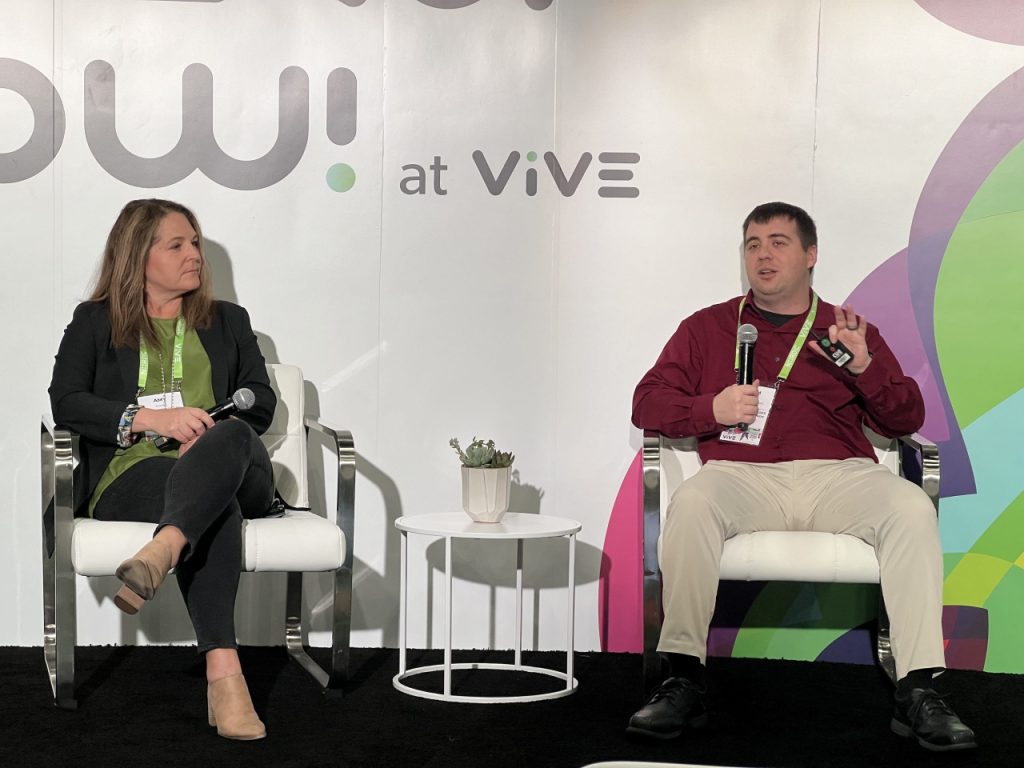
It was great to connect with our customers and partners at ViVE to discuss the current state of healthcare end-user computing — and the vast possibilities that lie ahead.
Are you ready to navigate the complexities of healthcare interoperability and unlock its potential? Let’s work together to create a connected healthcare ecosystem that puts patient data at the center, paving the way for a healthier future. Learn how we helped Hartford HealthCare, here.
The post ViVE 2024: Why healthcare interoperability is key, and how we’re championing it appeared first on VMware End-User Computing Blog.


